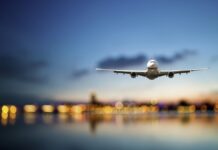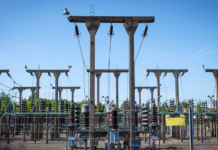Foreign direct investment into the United States dropped to $52.8 billion in the first quarter of 2025, down from a revised $79.9 billion in the last quarter of 2024, according to the Commerce Department.
The decline came as businesses faced uncertainty over President Donald Trump’s proposed tariff policies.
The fall in investment contributed to a widening of the U.S. current account deficit, which rose to a record $450.2 billion in the first quarter. Businesses increased imports early in the year to avoid potential new tariffs. The fourth-quarter current account deficit was revised to $312.0 billion from $303.9 billion.
FDI inflows in the first quarter were the lowest since the fourth quarter of 2022, when they stood at $42.4 billion. Since the easing of the pandemic, most quarters had seen foreign investment above $61 billion, reaching as high as $135 billion in the third quarter of 2021.
The current account tracks the flow of goods, services, and investments into and out of the country. While the U.S. typically runs a large trade deficit, it is often partly offset by foreign direct investment and financial inflows.
The drop in first-quarter FDI may be temporary. Several foreign firms have announced new manufacturing projects in the U.S. that are expected to boost future investment data. Nippon Steel’s $14.9 billion acquisition of U.S. Steel closed in the second quarter and will be reflected in upcoming figures.
In April, Hyundai Motor and Hyundai Steel announced $21 billion in new U.S. manufacturing investments during a meeting with Trump at the White House. These projects are expected to support future increases in foreign direct investment.























